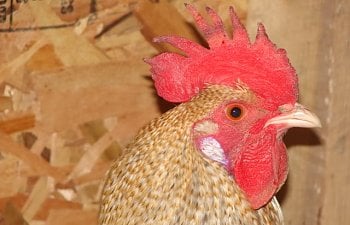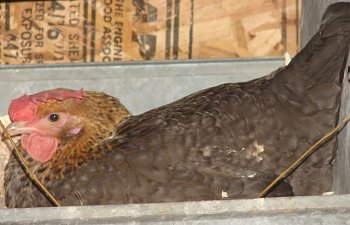::::: enedesencas (Gall de Penedès)::::::
enedesencas (Gall de Penedès)::::::
 enedesencas (Gall de Penedès)::::::
enedesencas (Gall de Penedès)::::::◊◊◊◊◊◊◊◊◊◊◊◊◊◊◊◊◊◊◊◊◊◊◊◊◊


A Young Partridge Penedesenca Pair
◊◊◊◊◊◊◊◊◊◊◊◊◊◊◊◊◊◊◊◊◊◊◊◊◊
The Penedesenca is an interesting breed originating from the state of Catalonia in northeast Spain. First imported in 2001, they are still rare, even in their homeland. They are famous for their very dark reddish brown eggs that are almost the color of chocolate. They are Mediterranean in type, meaning they are of a lean build, have a flighty personality and have excellent foraging abilities. Mediterraneans also tend to be non-setters as well as good layers, although there is always variability. Penedesencas have an interesting comb, which is unique to them and a sister breed called the empordanesa. The “carnation comb” or “king’s crest” starts out as a single comb in the front and branches off into several lobes at the rear, roughly taking on the appearance of a flower, thus the name carnation. 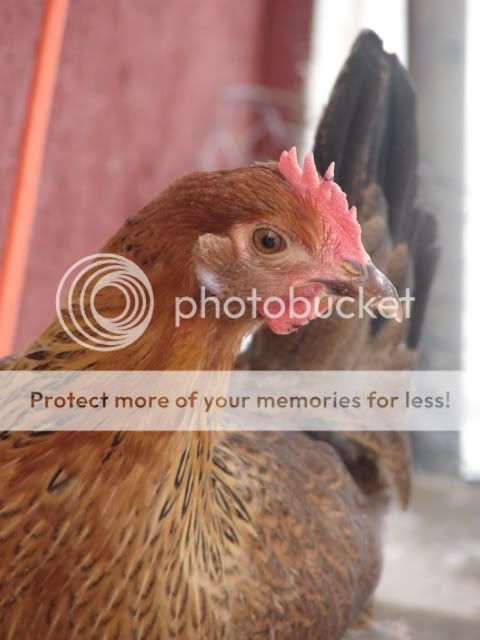

A Young Partridge Penedesenca Pair
◊◊◊◊◊◊◊◊◊◊◊◊◊◊◊◊◊◊◊◊◊◊◊◊◊
There are four varieties of the breed; three were developed for egg production, while one (the black variety) was developed for dual purposes and is of a heavier build.
Crele (Barrada)
Partridge (Aperdizada)
Wheaten (Trigueña or Blat)
Black (Negra)
Hens are good layers of dark eggs which are somewhere between terracotta and red-chocolate in color and they are often spotted with dark brown speckles. My eggs are what I describe as "wet terracotta", the color of a damp flowerpot. Darkness of the egg varies between flocks. The breed has a nervous demeanor which makes them an excellent choice for free ranging. This nervousness dies down if they are handled regularly and are kept with more docile breeds, but they don’t really make good pets as they prefer to avoid contact. The breed was developed in the mild Mediterranean climate of northeast Spain but they are very cold hardy and do well in the cold winters here in upstate New York.
The crele variety is autosexing, meaning the sex of the chicks can be determined by their color. Cockerells will be grey while pullets will be brown. This is handy for those of us who only want to keep hens. Penedesenca roosters do have their uses though, especially in breeding to blue egg layers, the resulting pullets will lay a lovely olive green egg.
I am new to the breed. My first penedesencas were hatched in the spring and summer of 2007. As of right now I only have the crele variety. The information I have given above has come from various sources, if anyone could help me in finding more about this wonderful breed it would be very much appreciated. It is difficult to find reliable sources in English (more are available in Spanish or Catalan) but I have found a few great ones which I will list below.
http://www.freewebs.com/penedesenca/
http://www.feathersite.com/Poultry/CGP/Penes/BRKPenes.html
http://mothermastiff.com/Catalan.htm
http://dad.fao.org/
::::::::::Crele Penedesenca Photos::::::::::*
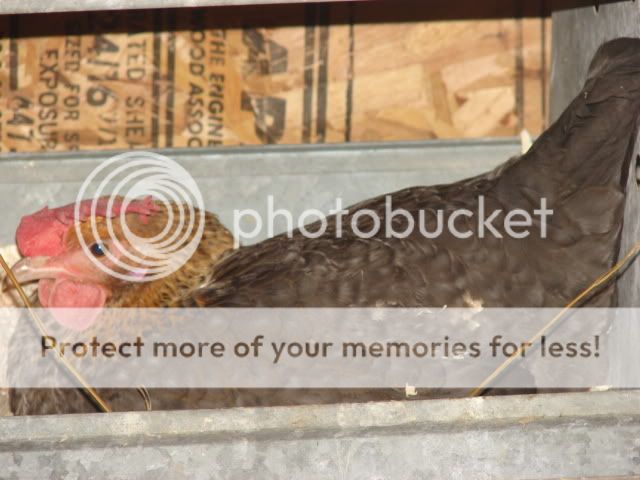
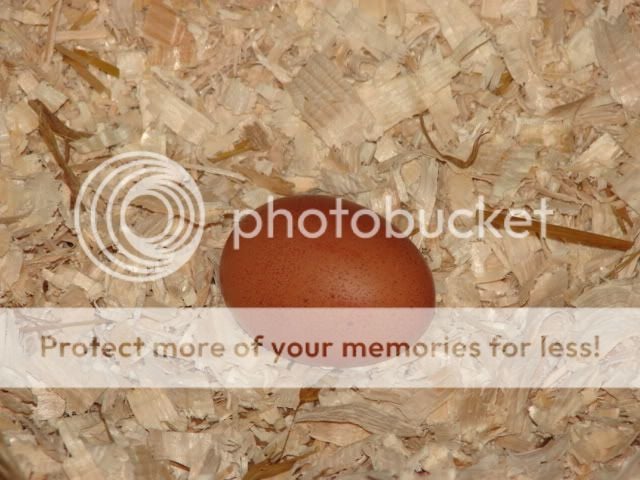
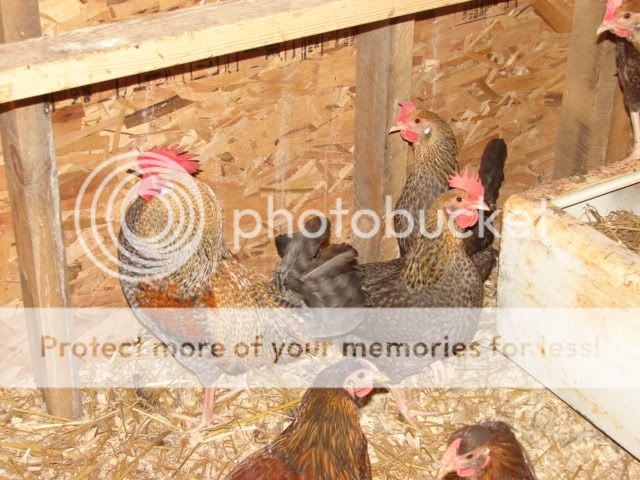
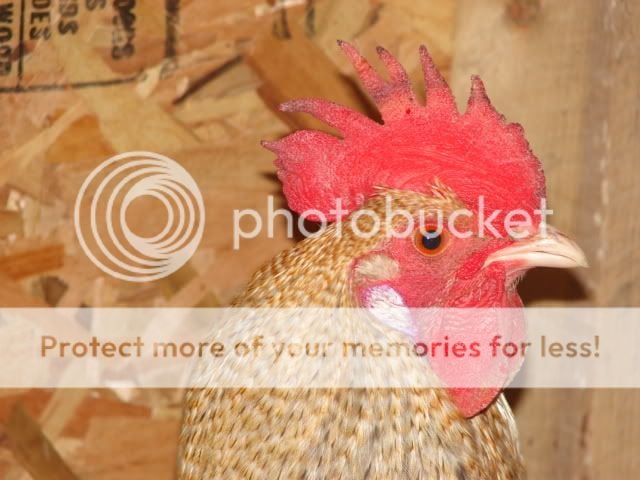
::::::
 artridge Penedesenca Photos*::::::
artridge Penedesenca Photos*::::::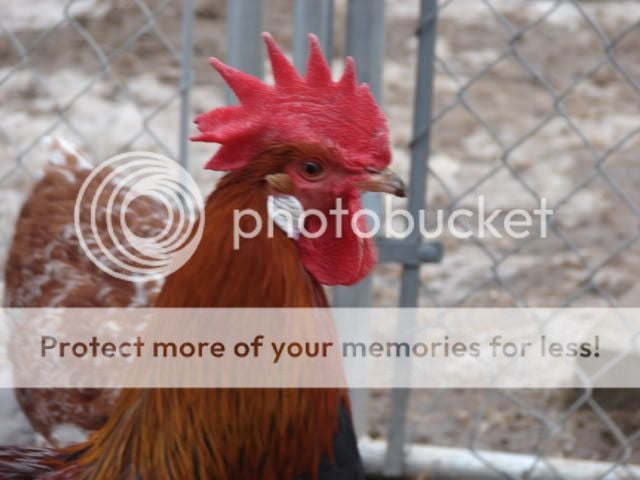
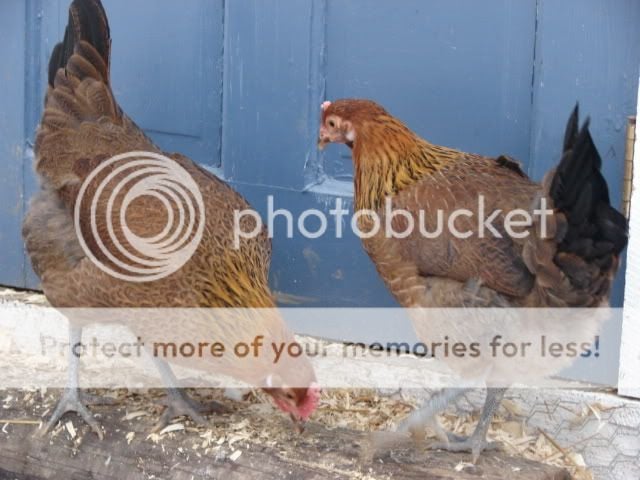
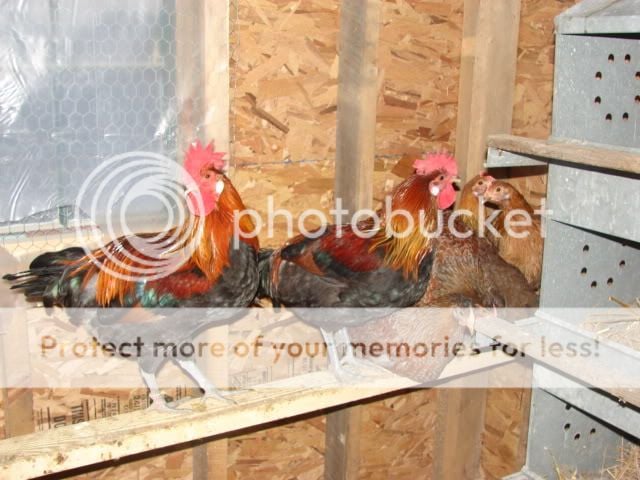
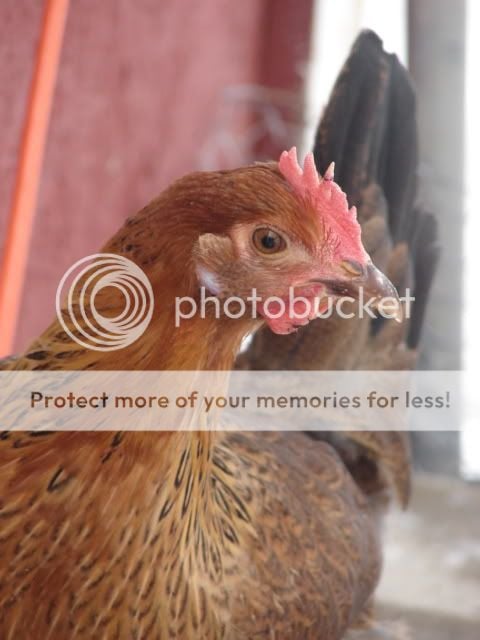
::::::::Hatching Eggs Available Soon::::::::

